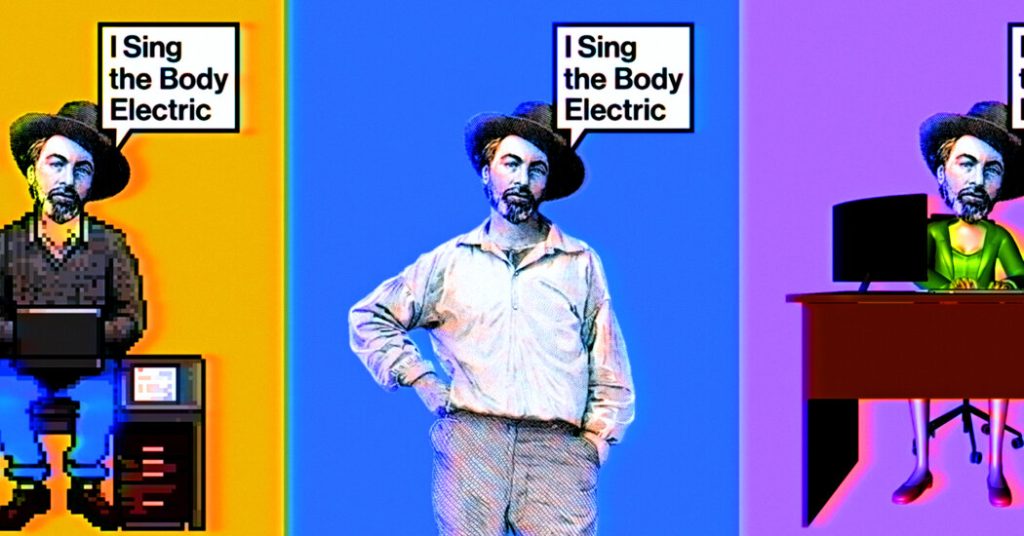In the literary world, allusions are everywhere, with titles borrowing from famous works such as “Macbeth.” Before the 20th century, titles were descriptive, but as time passed, the trend shifted towards allusive titles to make books more memorable. This phenomenon has continued into modern times, with books like “Birnam Wood” and “Tomorrow, and Tomorrow, and Tomorrow” making clever references to literary works. Even Proust’s translations have seen changes to add allusions, showing the persistence of this practice in both fiction and nonfiction.
Authors like Morrissey, Keats, Wilde, and Yeats are frequently referenced in modern writing, with their quotes becoming embedded in popular culture. This trend of using popular quotations as allusions has only become more pronounced in the digital age, where a quick search can provide pseudo-erudition. Despite this, the practice of allusion continues to be popular and widespread. The ability to generate unique language is inherent in all of us, but poets, who are known for stealing words and phrases, are the true masters of this craft.
The thought of erasing all hand-me-down elements from our language is daunting, as it would essentially mean losing our language altogether. As a society, the question arises – do literary quotations rely on shared references that may no longer be common, or do they serve as substitutes for a shared body of knowledge? Despite changes in the literary canon, quotes from various sources remain prevalent in all forms of media, showing the continued influence of past works on modern culture.
As a young reader, encountering allusions to Milton in a New Yorker cartoon sparked curiosity but also confusion. The charm of these allusions lies in their absurdity and the mystery of whether readers in the past were expected to understand them immediately. Authors like Thurber and Tennyson have also used poetry in their cartoons, raising questions about the necessity of understanding these references to appreciate the humor. Ultimately, even in the decline of common cultural knowledge, the tradition of literary allusions continues, providing a link between past and present worlds of artistic expression.


